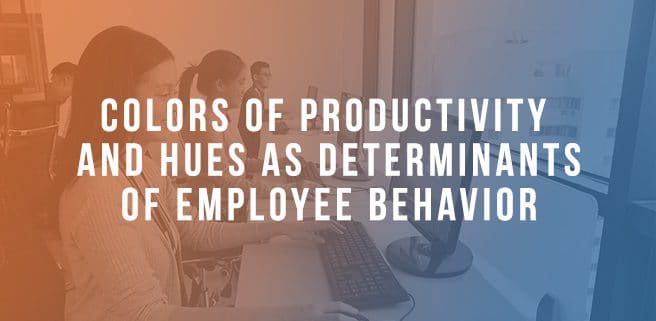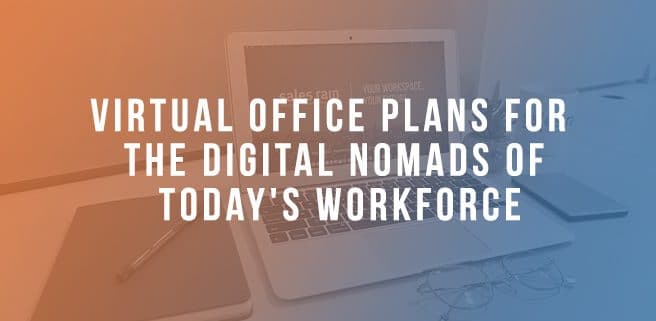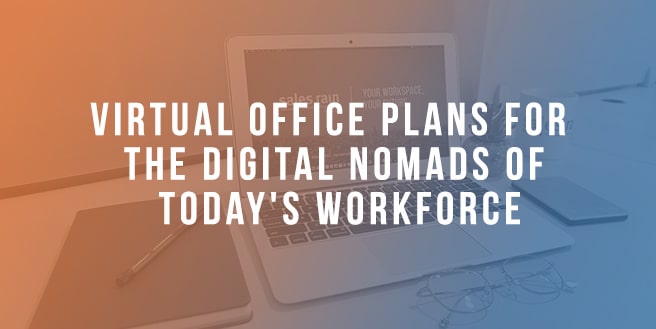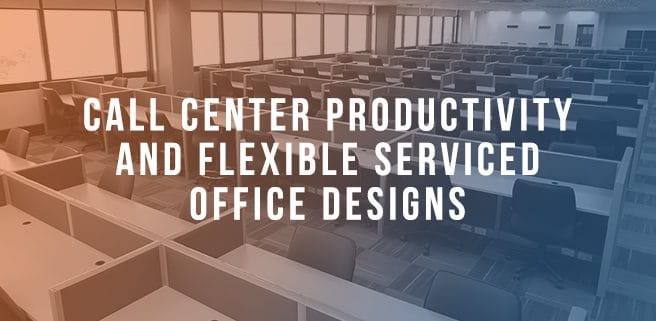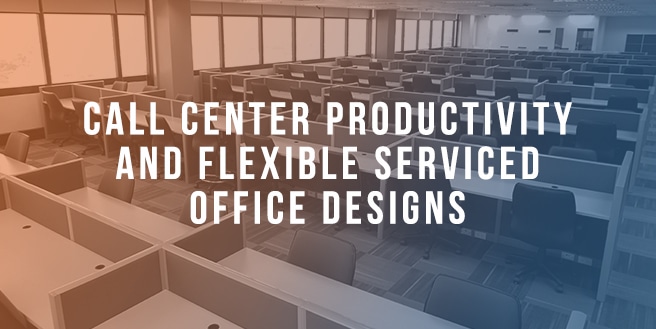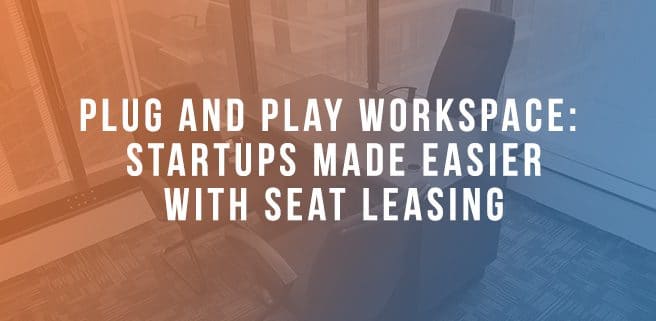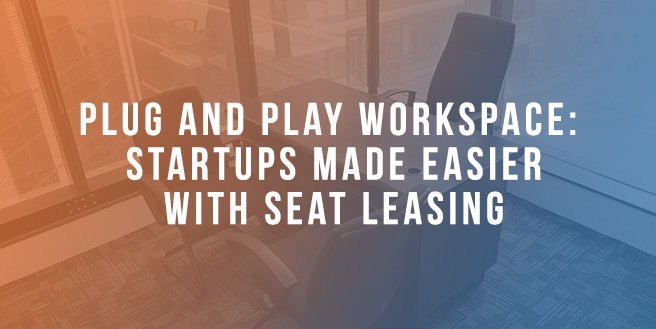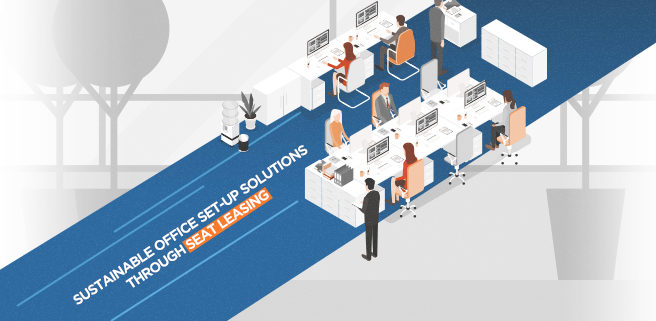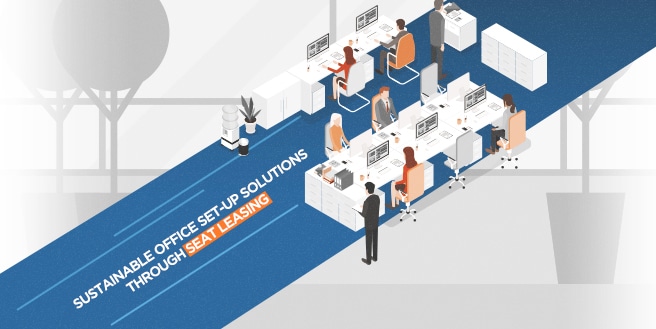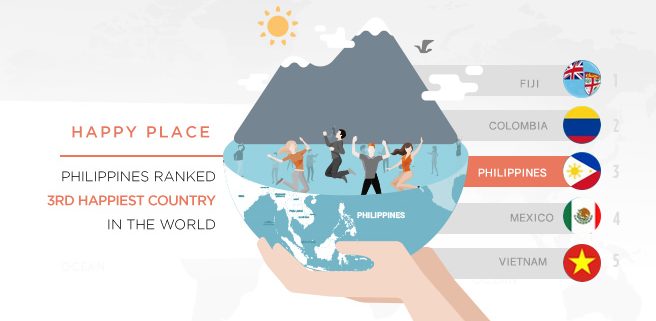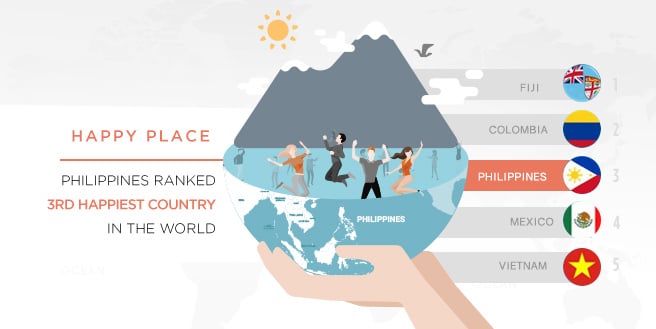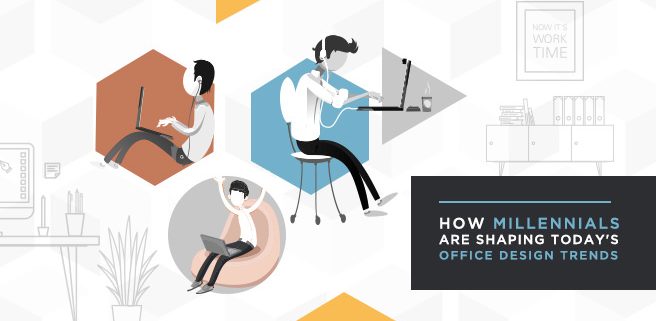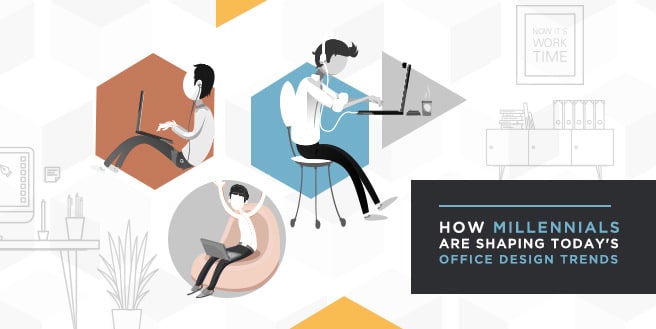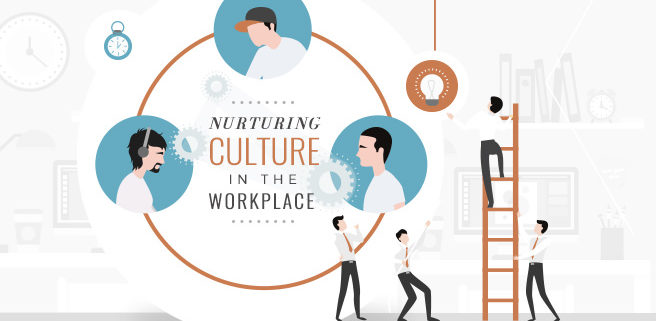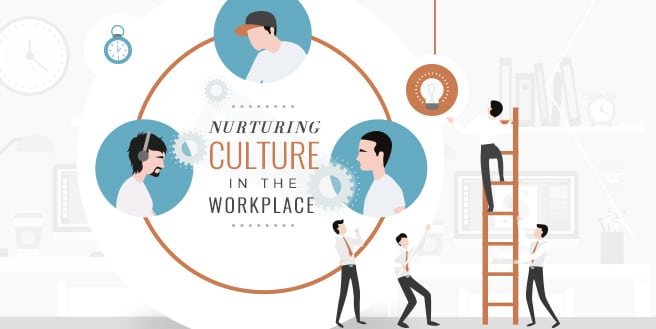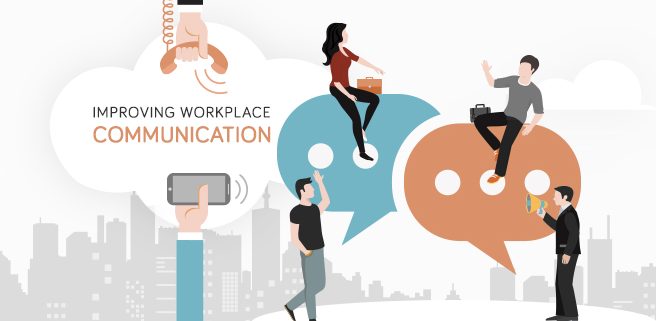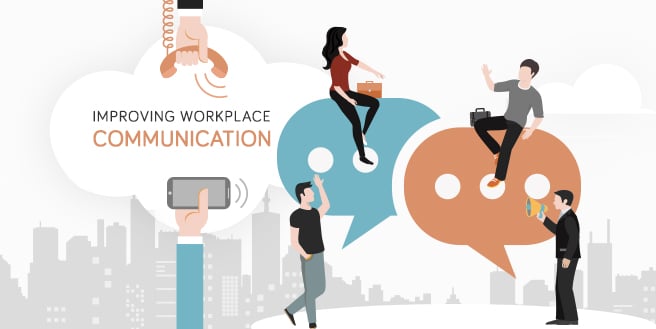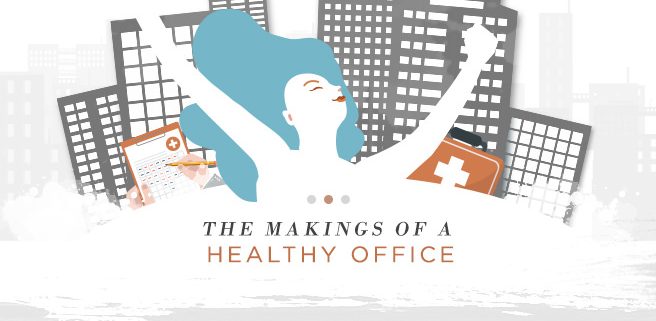Colors of Productivity and Hues as Determinants of Employee Behavior
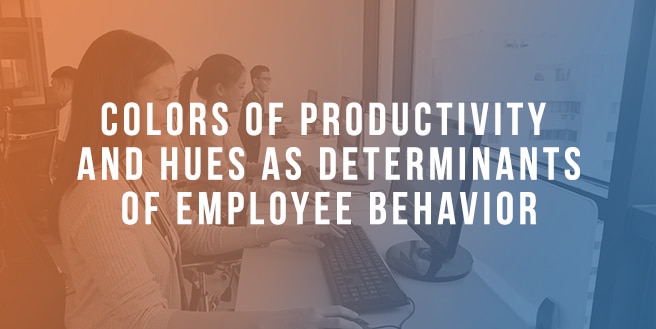
Colors of Productivity and Hues as Determinants of Employee Behavior
From the color found in logos and company branding down to those found in office walls and cubicles, picking colors isn’t only based on color theories or personal preference. In fact, there’s a science behind them; what they mean and how they actually stimulate our behavior and emotions.
Defined as ‘the study of hues as a determinant of human behavior’, Color Psychology is widely used in various disciplines. They are used in influencing a person’s perception to underlying aspects such as the taste of food and other goods or services. In addition to this, marketers also use it in terms of branding.
Yet there seemed to be a misconception that each color invoke the same feelings from one person to another. The effects differ from one another and factors such as age, gender as well as culture affect how a person perceives a color.
Painting it Productive
 Though the effect of each color has different meaning from one person to another, Color Psychologist Angela Wright said that there are four primary psychological colors; red, blue, yellow and green.
Though the effect of each color has different meaning from one person to another, Color Psychologist Angela Wright said that there are four primary psychological colors; red, blue, yellow and green.
The color Red is a powerful color that invokes strong emotion and passion. It is a stimulating color that increases your heart rate and pulse. Red is great for those who engage in tasks involving physical activity and those who aren’t easily bothered by stressful situations.
Opposite of Red, the color Blue is a soothing color that aids concentration and calms minds. It is universally known as an excellent color for increasing productivity and is usually used as a base color inside offices paired with other hues as accents.
Radiating energy and positivity, Yellow is used to uplift emotions and confidence levels. Seen as the strongest psychological color, it stimulates creativity and helps get your creative juices flowing.
Best for those who work long hours, especially call centers and outsourcing agents, Green harmonizes and helps keep calm. The color does not strain eyes and is the perfect balance among the primary colors. It is helpful in particular situations like when you are feeling overwhelmed by all the tasks you need to accomplish.
Angela Wright also adds that picking color alone isn’t enough, finding the right intensity and saturation is the key for a color to stimulate a person’s behavior. Pick the appropriate color for your call center workplace or private office, then choose a balanced brightness that will improve your productivity levels. You can also create color combinations so that each individual in your office can benefit from it as well.
Improving Productivity with Colors
The rest of the world is starting to recognize the importance of colors in general office designs which further leads to productivity and efficiency. Modern serviced offices are now being designed with creativity and collaboration in mind. Closed office layouts are now being inverted to open office floor plans to aid in achieving better communication among employees. Startups who used to nestle themselves in their respective homes and garages are moving to flexible offices for lease, hoping that this type of setup can improve their work ethic. Moreover, the amenities and overall ambiance of this type of workspaces have been observed to increase the happiness of employees.

